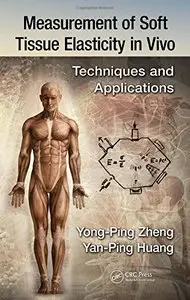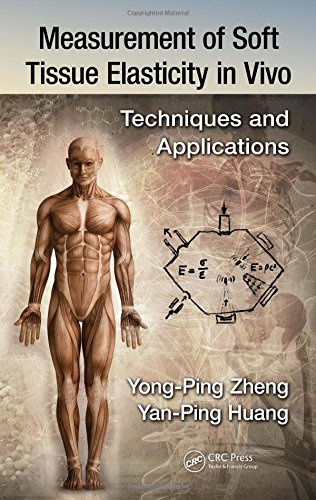Measurement of Soft Tissue Elasticity in Vivo: Techniques and Applications by Yan-Ping Huang, Yong-Ping Zheng
2015 | ISBN: 1466576286 | English | 229 pages | PDF | 17 MB
2015 | ISBN: 1466576286 | English | 229 pages | PDF | 17 MB
The product of 20 years of research, this book covers topics in soft tissue elasticity in vivo, from measurement techniques to clinical applications. It provides, for the first time, a single source that systematically introduces the various techniques for in vivo measurement of soft tissue elasticity in an effort to ease the difficulty between learning technical details and clinical applications of techniques.
Measurement of Soft Tissue Elasticity in Vivo: Techniques and Applications presents an overview of the existing measurement methods, their physical principles, assumptions, advantages, and disadvantages. Clinical applications discussed include assessment of tissue fibrosis after radiotherapy, articular cartilage degeneration, muscle contraction, cancer staging, liver fibrosis progression, diabetic foot ulceration, cornea stiffening, and wound healing. Techniques covered include shear wave propagation methods, vibro-ultrasound methods, dynamic holography, ultrasound and other indentation methods, and OCT-based and other suction measurement methods.
The book also proposes two critical directions for future research in the field. One is to standardize the terms, parameters, and test protocols used in different fields. The second proposal is to standardize one technique to dominate the field, while devices can be adapted to fit the measuring requirements of different tissues. In doing so, the results obtained for the same tissue by different clinicians can be comparable and a standardized protocol can be established.
This book bridges the gap between the complexity of measuring techniques and simplicity and accuracy of their clinical use. Its comprehensiveness and clarity help new engineers in the field develop analytical methods and allow clinicians to use these techniques in their practice with greater confidence.



